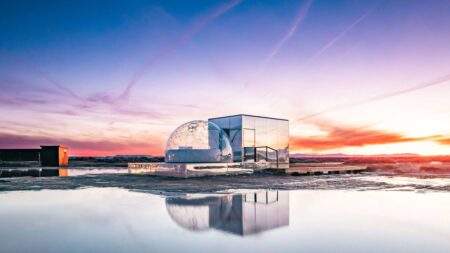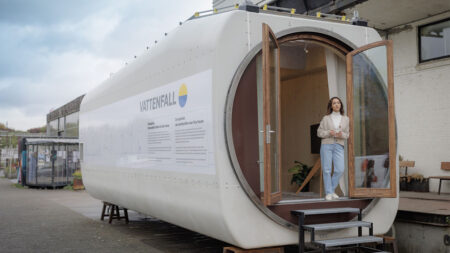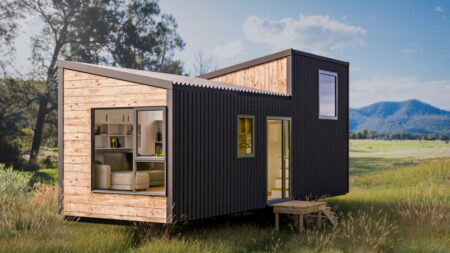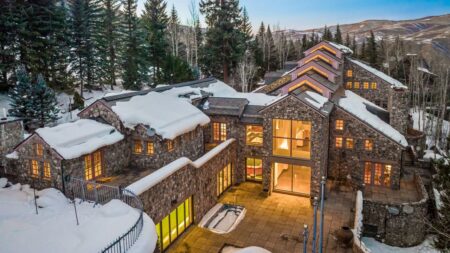When an innovation helps create a new product that contributes to the better of the environment in some way; it’s a magical feat achieved. This is what the engineers at RMIT University have attained in association with Visy, Australia’s largest recycling company. The two have joined forces to create energy-efficient bricks using waste glass and ash; materials that usually end up in landfills and contribute to land pollution.
The engineers from Down Under have used 15 percent waste glass and 20 percent combusted solid waste instead of clay, the usual material for building bricks. The energy-efficient bricks thus created are fit for use in the construction of single-story buildings and tested to bring down household energy bills by 5 percent in comparison to regular bricks. This is possible due to the better insulation properties of these bricks made from scrap materials.
The replacement of clay with waste materials in this unique brick production not only helps reduce electricity bills but also helps curtail firing temperature (the process used for creating bricks) by almost 20 percent in relation to standard clay bricks. This is an interesting aspect as it will promise major cost savings for the manufacturers and help transition the industry in multiple ways.
Dilan Robert, team leader from RMIT University states that an ‘estimated 1.4 trillion bricks are used around the world in construction projects every year.’ Normal clay brick production leads to harmful emissions of gases and chemicals such as Sulphur dioxide, carbon dioxide, and chlorine to name a few. This leads to a negative impact on natural resources as well. The energy-efficient bricks with their distinct insulation and reuse properties for residential and commercial real estate projects has the potential to transform the construction industry for good.
Also Read: Gablok Insulated Blocks Let You Self-Build a House
The RMIT sustainable bricks have better thermal performance and they meet the structural and environmental sustainability standards, including being compliant with the requirements for fired clay bricks by Standards Australia. The team of engineers can produce these bricks in a range of colors that varies from white to dark red, all the while managing to keep their lightweight comparatively.
These scrap-made energy-efficient bricks can bring a lot of change in how construction is done and also the production process of creating bricks. We are trying to learn how much the bricks cost, where they are available, and whether they will ship to the US anytime soon. As and when we have the information, we will update here, so stay tuned.



Follow Homecrux on Google News!




